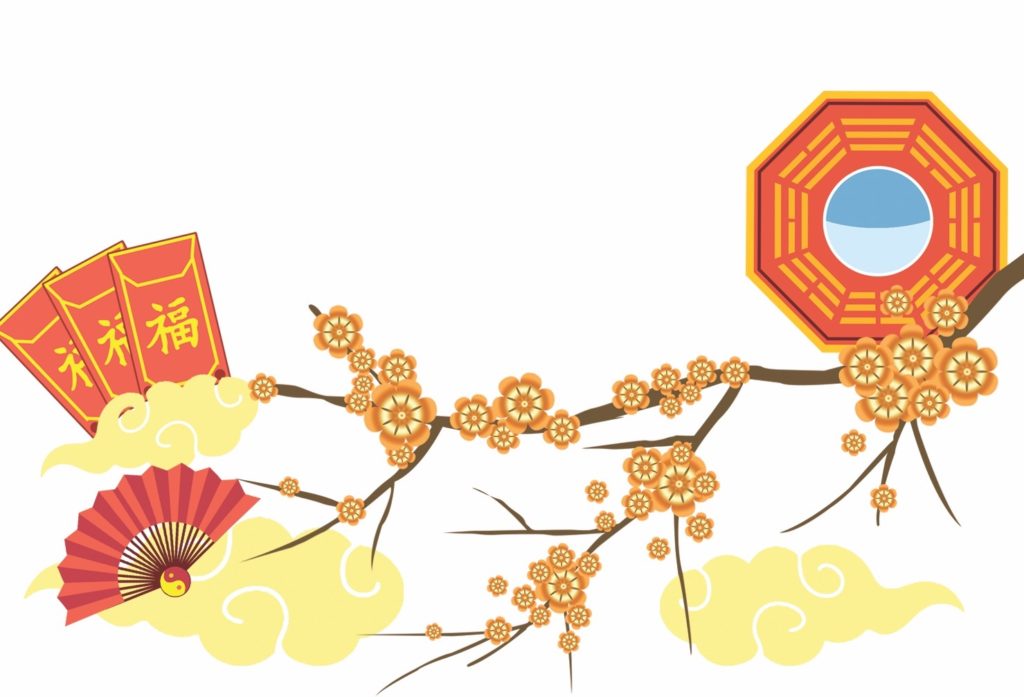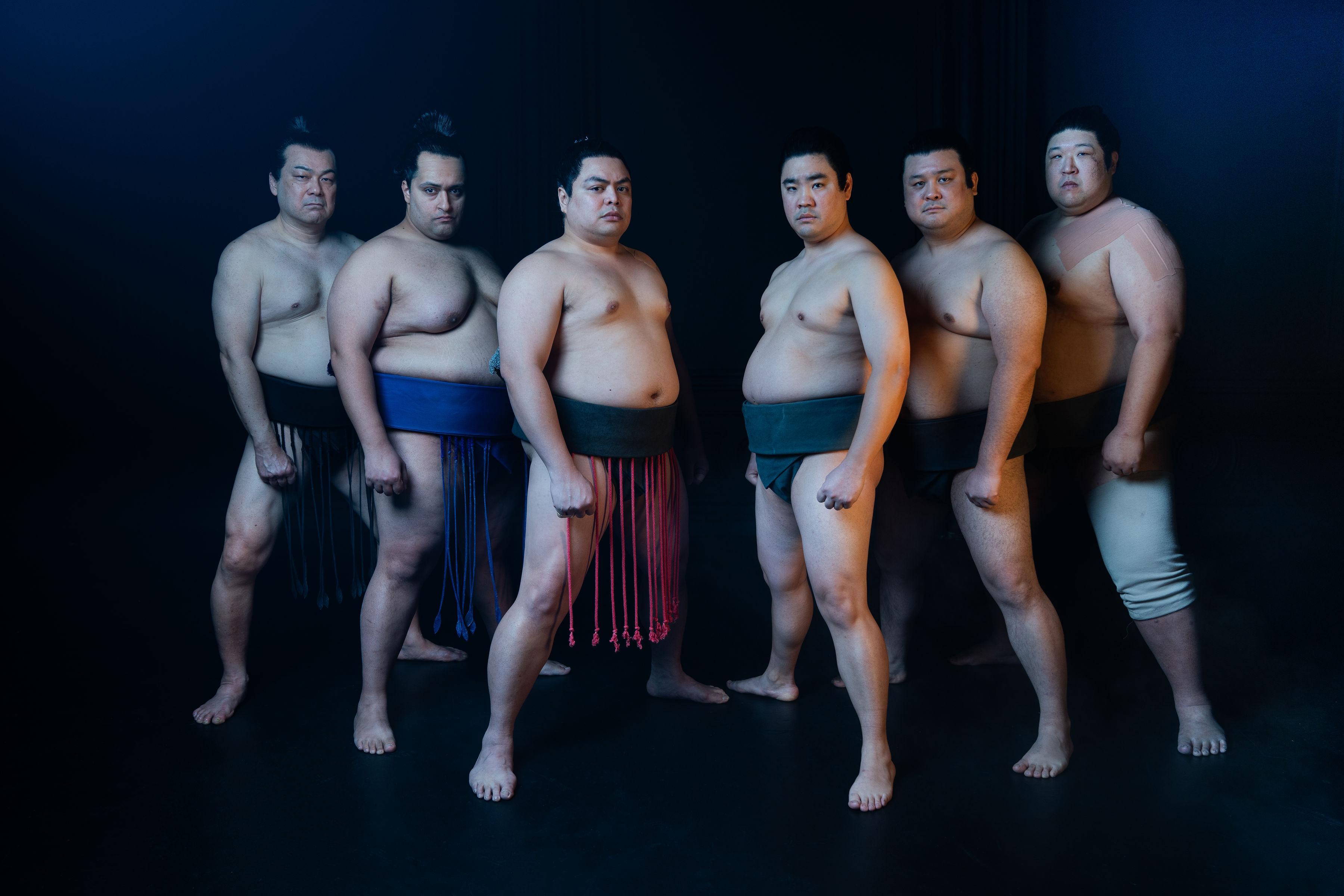
THE Lunar New Year signifies not only the beginning of a new year in the Chinese calendar, but also the start of the Spring season.
Unlike the fixed new year of the Gregorian calendar commonly celebrated on January 1st, the date of the Lunar New Year varies, determined by the appearance of the new moon — which is why it’s called the Lunar New Year, as it’s based on the lunisolar Chinese calendar.
Lunar New Year is one of the most important and celebrated holidays in China as well as across the world where there are diaspora Chinese communities. And while the Chinese community in the Philippines only makes up 5% of the country’s total population, the Lunar New Year is still one of the most awaited events here.
How Filipinos celebrate Lunar New Year: Traditions and superstitions
Most Filipinos flock to Binondo in Manila for the Lunar New Year. Founded in the 16th century, Binondo is considered as the oldest Chinatown in the world.
Because of this, it becomes the center of all Lunar New Year celebrations in the Philippines, with the area festooned with Chinese lanterns and various red decorations.
Spectators crowd the streets of Chinatown to watch the Parades of Dragons and Lions, a colorful and dynamic performance accompanied by the loud banging of drums and cymbals. The dragon, in China, is believed to represent great power, auspiciousness, and strength. During the parade, it is usually controlled by eight to 10 dancers. Meanwhile, the lion represents safety and luck. It is commonly carried by two dancers with one of them in charge of the head, making the lion’s ears wiggle and its eyes blink.
The color red is prevalent during the festivities as it is a special color in Chinese culture, signifying energy, happiness, and good luck. Most people wear red clothing as it represents vitality as well as strength. Elders also hand out red envelopes (Ang Pao) to children. These envelopes contain money, and giving them is believed to bring good luck and long life to both the giver and receiver.
The Lunar New Year won’t be complete without setting off fireworks and firecrackers or generally just making noise. Doing this is supposed to drive away bad spirits, bad luck, and the mythical beast called Nian. Filipinos commonly use horns and cooking pots to create noise.
Chinese families also gather to have their New Year’s Eve dinner where they usually serve tikoy (year cake), which is made from sticky rice and symbolizes unity among family members; noodles for long life and represent the eater’s life; fish and dumplings which are believed to signify good fortune.
Families also prepare 12 different round fruits as they are believed to bring luck and fortune to them. The New Year’s Eve dinner is perhaps the most important dinner for Chinese families — that’s why it’s necessary for all the members of the family to be present for it.
During the Lunar New Year, people across the globe greet with either Gong Xi Fa Cai, which means “you attain greater wealth,” or Kung Hei Fat Choi, which means “congratulations and be prosperous.”







